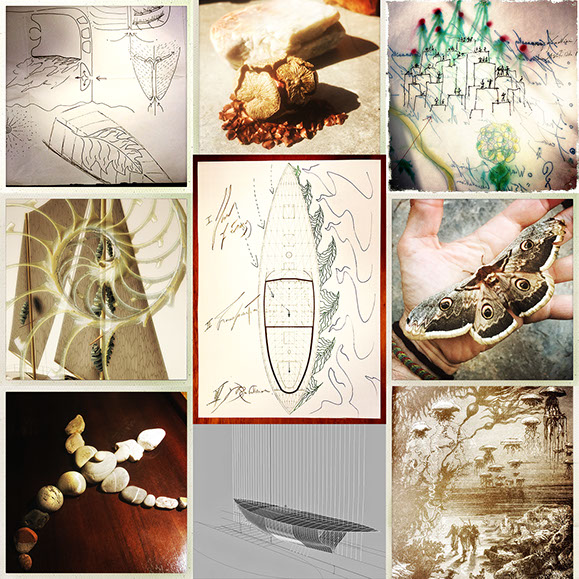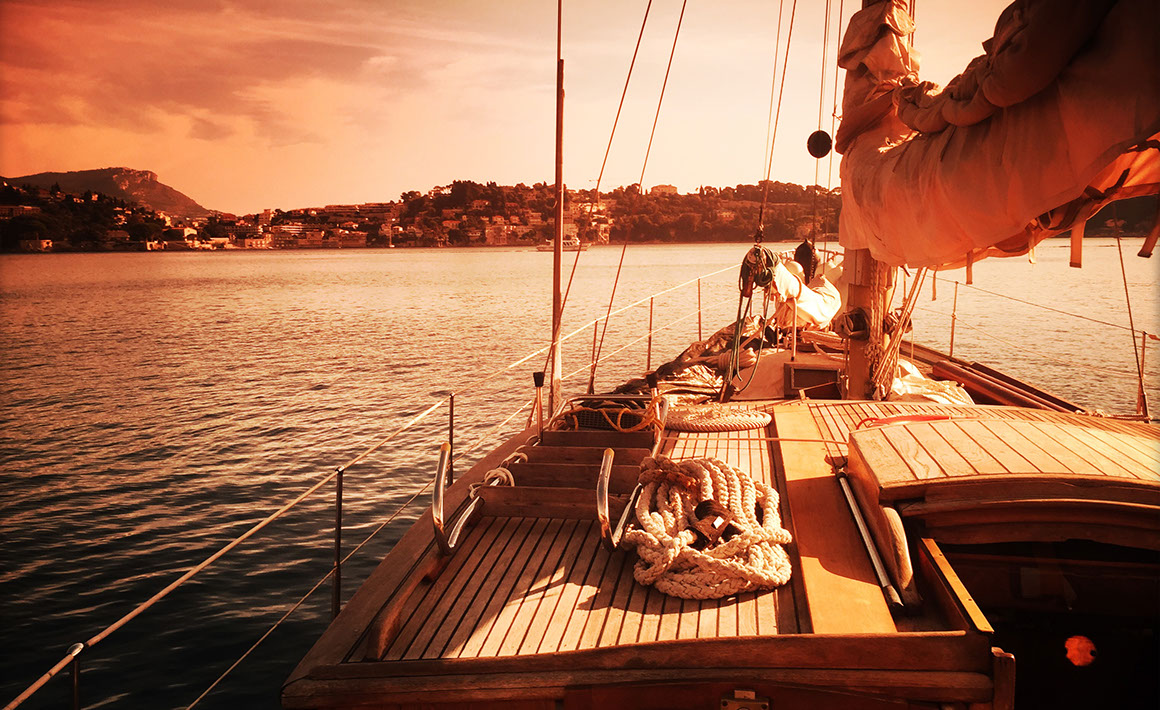
3.
CHANDELEUR /OUR VESSEL
OF CHANGE
3. The Chandeleur is a one of a kind vintage sailboat built just after WW2 in an experimental way.
She was made with an aluminium alloy, the composition of which was secret at the time, and specific techniques, such as a riveted hull, in a shipyard that was building submarines during the Second World War; to us she brings to mind images of Captain Nemo’s beloved Nautilus.
She is unique in the world in both design and conception.
The alloy was also said to help prevent radar detection.
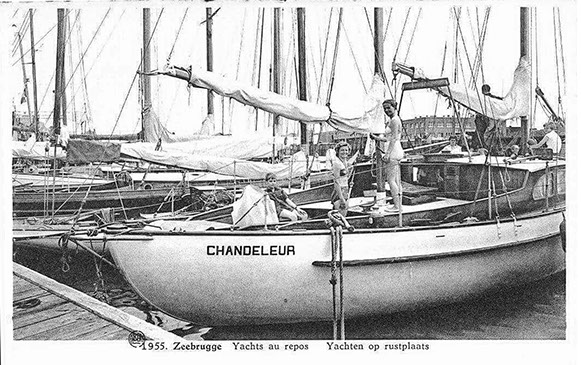
She was commissioned in 1950 by a man that had suffered enormously during the Second World War, and who feared that the peace wouldn’t last long, in that event she was to act almost as the ark of Noah; taking him, his family and close ones across the Atlantic sea through any weather to the safety of America.
It’s only now, 68 years later, that the Chandeleur is undergoing a rebirth process.
It is one that will see her sail across the world and work to save life, conservation in a larger way; it won’t be contained to one family, but will help families and communities at risk from rising seas and climate change across the world.
4.
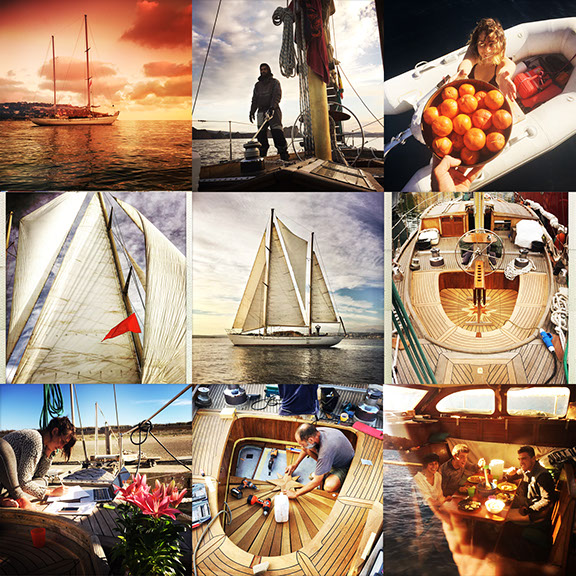
DEVELOPMENT OF
THE BOAT
4. As we continue with the Chandeleur’s regeneration, one of the first things we are doing, is to look at everything with new eyes; with each aspect of the restoration it is an opportunity to test or prototype new healthy products and techniques.
It is asking the question, how would
nature do it ?
It is a big learning path moving this from simple concept to fully realised reality.
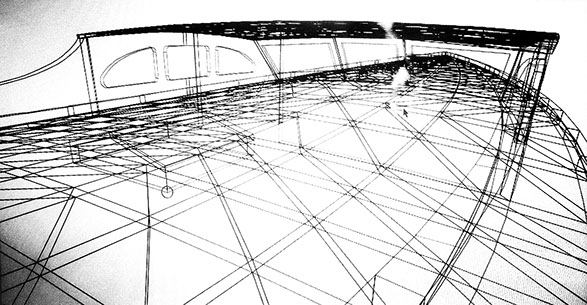
How do we undertake this big journey to a mindset of restorative design and action.
We, for example, are continuing our process with the boat’s engine.
We’ve already renovated the existing diesel engine, an old handcrafted Mercedes engine and propulsion system quite unique in the world of boating, however moving forward we need to reach a clean, self sustainable, system, so we will be looking at alternative forms of engine, energy generation
and storage.
5.
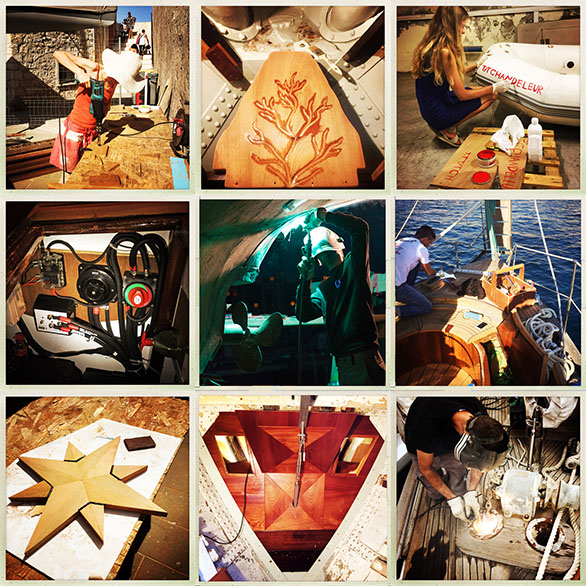
BIOMIMICRY
IN
DEVELOPMENT
5. Central to our development of the boat is of course Biomimicry.
Our mission is to be a vessel for the exploration of biomimicry and development of new technologies through cocreation, searching the world for the treasures of nature and hunting for new marvels.
We will promote these ideas through art, design and presentations as we travel around the globe.
We will also be launching an international research competition of both design and engineering, with the special intention to craft from the three core principles of biomimicry.
There are a number of existing forms of biomimicry we are going to use, as well as a number of ideas we are already investigating and developing ourselves.
Shark skin materials have already hit the mainstream and the technology is often used in swimming costumes to reduce drag.
We are looking at using either this, or
nano-technology inspired by the remarkable makeup of the Lotus flower. Both of them have the remarkable functions of discouraging the parasitic growth of barnacles and algae, due to their shape at a microscopic level; this will make the hull almost self cleaning, will allow the boat to always perform at optimum level, and also means that the hull would not have to be repeatedly repainted.
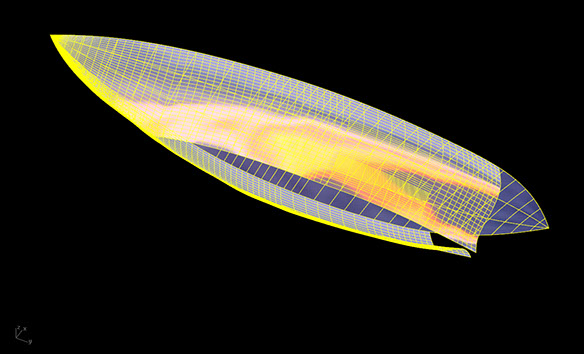
Another of the changes we plan to implement is to the sail, we plan to take down the current sail, which we will be using for our
‘Children of the Tide’ project, and replace it with a brandnew type of solar sail modelled on the pattern of dragonfly wings.
The wing structure of dragonflies
operate in such a way that they are in
effect creating miniature whirlwinds between their wings, which allows for rapid acceleration.
We plan to investigate if something similar is possible for our sails and believe that the efficiency of the boat’s wings could be greatly increased, whilst also allowing us to generate a large amount of solar energy.
We are also looking at developing new types of innovative systems such as a kinetic generator and a new biomim inspired wind-turbin
